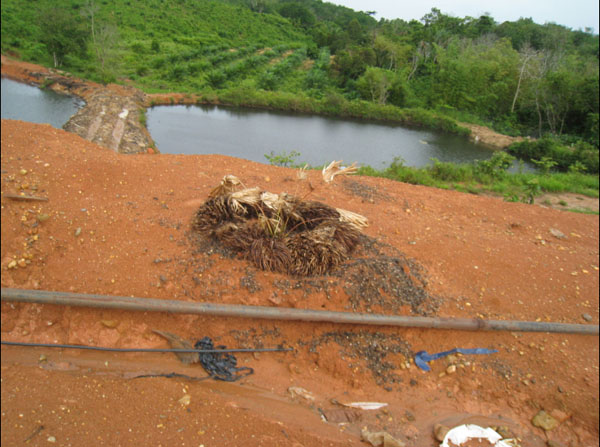Palm oil mill effluent in Malaysia and Indonisia
Industry news / Chat on line / Give me a price / Date: December 23, 2014
Oil palm is one of the most usual crops in the tropical region in Malaysia and Indonesia. The extraction of palm oil from the fruit involves a number of processing procedures. In the extraction process, large quantity of water is required. It is estimated that about 1.5m3 of water are needed to process one ton of fresh fruit bunch(FFB), half of this amount ends up as palm oil mill effluent(POME). The raw palm oil mill effluent is a thick brown liquid and characterized by low PH, high biological and chemical oxygen demand, high salt and suspended solids. As a result, the discharge of palm oil mill effluent has the potential to severely pollute the receiving waterways.
Besides immediate utilization such as crop irrigation and using as animal fodder, many methods have been developed to control POME pollution, including decanting and drying, evaporation, coagulation, flotation, ultrafiltration and various aerobic and anaerobic biodegradation technologies. Today about 85% of palm oil mill effluent treatment is based on anaerobic/facultative/aerobic pond system by Malaysian palm oil mills. This treatment system is cost-effective, only needs adequate space, less investment costs.

Palm oil mill effluent
Besides immediate utilization such as crop irrigation and using as animal fodder, many methods have been developed to control POME pollution, including decanting and drying, evaporation, coagulation, flotation, ultrafiltration and various aerobic and anaerobic biodegradation technologies. Today about 85% of palm oil mill effluent treatment is based on anaerobic/facultative/aerobic pond system by Malaysian palm oil mills. This treatment system is cost-effective, only needs adequate space, less investment costs.

Palm oil mill effluent



